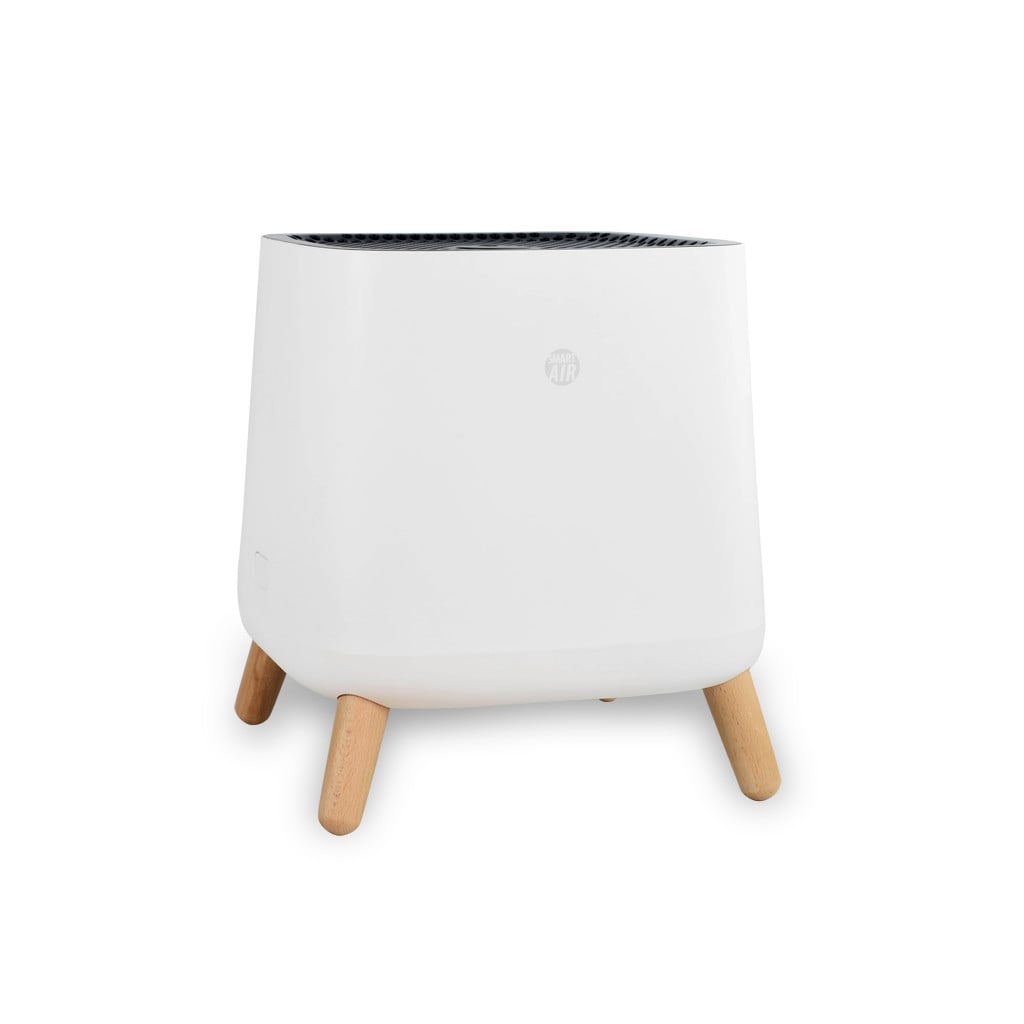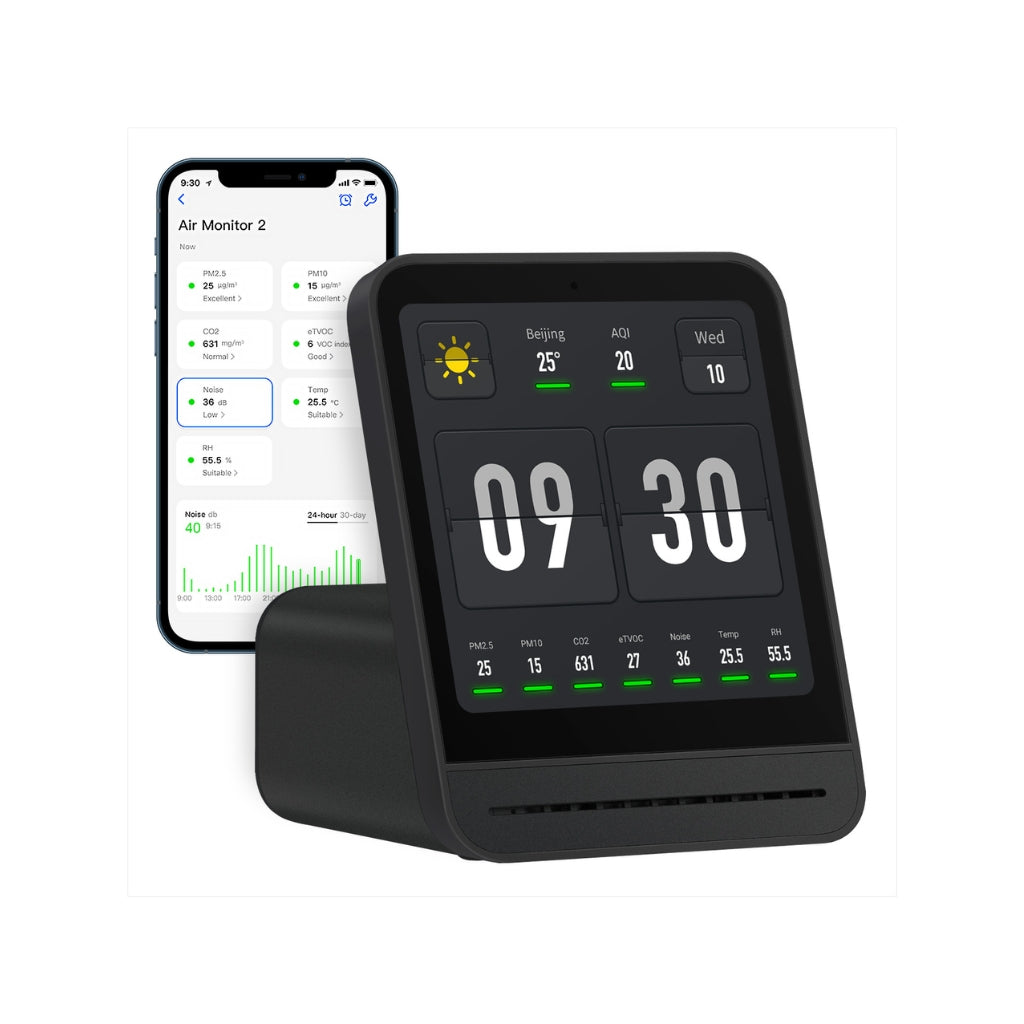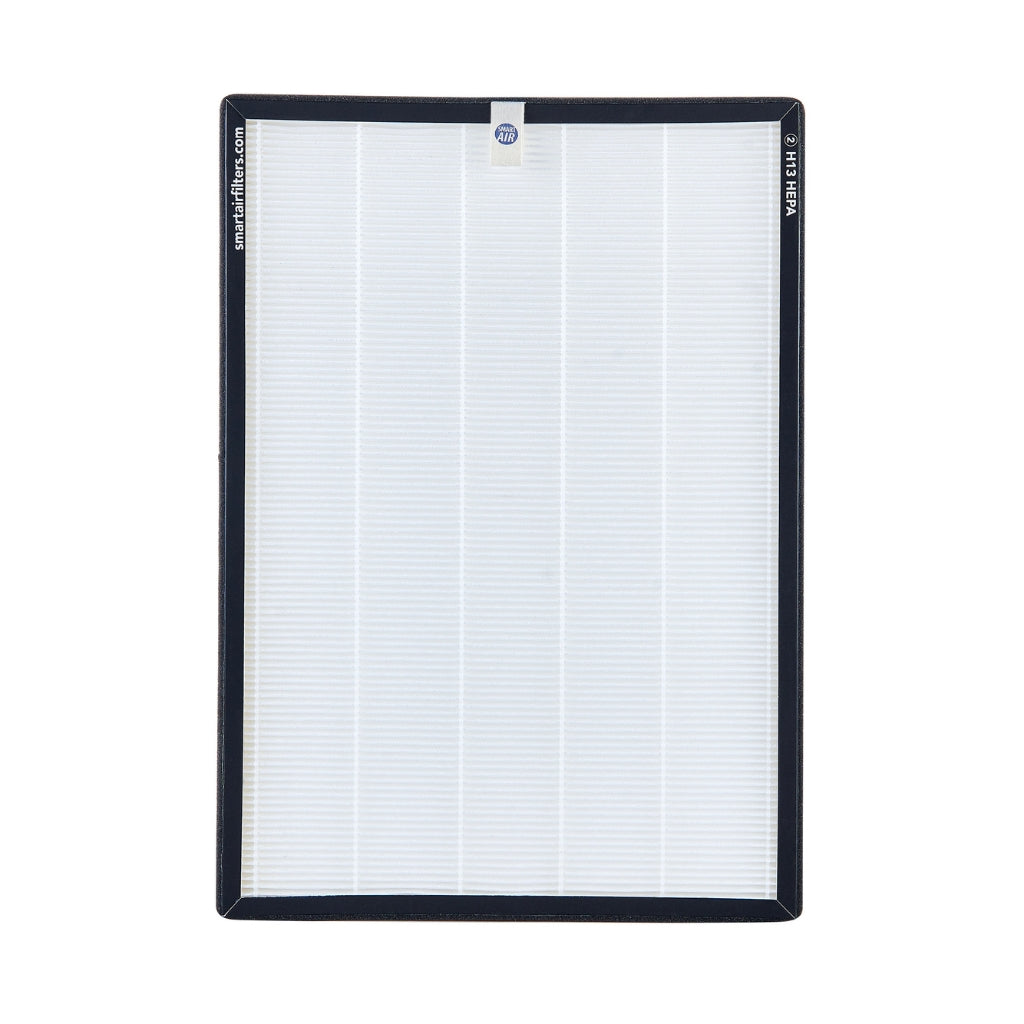The Ultimate Guide to Choosing an Air Purifier in New Zealand

Navigating the air purifier market can be challenging, with countless options and complex terminology. While they may seem complicated, they're actually very simple devices! Air purifiers typically consist of a fan and one or more filters. This guide will help you understand the key factors to consider when searching for an air purifier in the New Zealand market, helping you to make an informed decision.
The Four Crucial Factors to Consider When Buying an Air Purifier
- Compare on Clean Air Delivery Rate (CADR). CADR is the most important metric to consider when comparing purifiers. It measures the volume of air (in cubic meters) that the purifier can clean per hour. Never rely solely on the manufacturer's room size recommendations, as these can be misleading.
- Choose an air purifier with a HEPA filter. A High-Efficiency Particulate Air (HEPA) filter plays a crucial role in efficient air purification. HEPAs capture over 99% of the most challenging 0.3-micron particles. They also excel at handling larger entities like pollen, dust, and even smaller sub-micron particles. Beware of products touting "HEPA-like" filters, as these don't meet the stringent standards of a true HEPA filter
- Check the availability and cost of replacement filters. Research the availability and cost of replacement filters before purchasing. Some models have hard-to-find or expensive replacement filters, which can make them less cost-effective in the long run.
- Consider the noise levels of the air purifier. Air purifiers can produce varying noise levels, which may mean you don't want to run it. Check the maximum and minimum noise levels of the purifier before buying. Ideally, the maximum noise level should be below 60dB and the lower the better!
Understanding Air Purifiers and Their Functions

What is an air purifier?
Let's start with the basics. An air purifier is a device designed to clean the air by removing pollutants such as dust, pollen, and odours. It typically consists of a fan and one or more filters that capture airborne particles.
The benefits of air purifiers
Air purifiers can improve indoor air quality, reducing allergy symptoms, asthma attacks, and respiratory illnesses. They can also help neutralise odours and remove harmful pollutants, creating a healthier living environment.
For a more detailed explanation of the benefits, take a look at our writeup on why you should get an Air Purifier.
Clean Air Delivery Rate (CADR) & Recommended Room Sizes

Why CADR is important
CADR is a standardised measure of an air purifier's performance. It allows you to compare different models objectively and ensures that you choose a purifier with the right capacity for your space.
How to calculate the required CADR for a room
To calculate the required CADR for a room, you'll need to know the room's size, ceiling height, and desired Air Changes per Hour (ACH). Multiply the room size by the ceiling height to get the room volume, then multiply the volume by the desired ACH (typically at least 3) to get the required CADR.
A simple rule of thumb for CADR calculation
As a quick rule of thumb, multiply the room's area (in square meters) by 7.5 to estimate the required CADR. This method provides a rough estimate for most residential situations.
Comparing air purifiers by CADR
When comparing air purifiers, always use CADR as the primary metric. Do not rely on the manufacturer's recommended room sizes, as these can be misleading and inconsistent. This is because there are no standards in New Zealand which manufacturers need to adhere to when making claims about the spaces their air purifiers can purify. It's simply down to what number they decide to put down. Many commonly sold air purifiers here may only be suitable for spaces one third of the size they advertise!
This one really bugs us, so we've dedicated an article to this issue if you want to learn more!
Focusing on CADR ensures a fair comparison between different models. This is the industry standard, and if you can’t find the CADR measurement then this should raise alarm bells – no matter what the marketing spin may say.
Filtering out the gimmicks

Some air purifiers will come with 6 or 7 different types of filters, the more the better right? Given you need to pay to replace them, and most add no extra value – not really!
There are only two types of filters that have any relevance for the vast majority of users.
HEPA filters
HEPA filters HEPA filters are the gold standard in air purification, capturing over 99% of 0.3 microns sized particles - the hardest to capture. Ensure that the air purifier you choose has a genuine HEPA filter, and avoid products with "HEPA-like" filters, which are less effective.
HEPA filters are what removes dust, pollen, pollution particles, viruses, bacteria etc. from your air. If you want to learn more, there is a great detailed writeup here
Activated Carbon Filters
Activated Carbon filters are designed to capture gas pollutants, odours, and volatile organic compounds (VOCs). Almost all air purifiers in New Zealand are sold with a carbon filter.
Unfortunately, many of them are next to useless. When looking for a carbon filter, ensure it contains actual pallets of carbon. Many manufacturers simply provide a simple carbon 'mesh' fitting inside or outside a circular HEPA filter. This allows them to tick the box of containing an activated carbon filter, even if it doesn't do much. Independent tests have shown terrible VOC removal performance on units we know to contain these types of filters.

Replacement Filters and Maintenance
You don't want to be stuck with an expensive paperweight! Consider the following factors to make sure you can always keep your purifier running in top condition.
Availability and cost of replacement filters
Before picking an air purifier, research the availability and cost of replacement filters. Some models have hard-to-find or expensive replacement filters, which can affect the long-term value of the purifier. We've found a number on the market in New Zealand with no available replacement filters.
Separate HEPA and Carbon filters
If possible, choose an air purifier with separate HEPA and Carbon filters, as they often have different lifespans. This allows you to replace each filter as needed, potentially saving money over time. You may also realise you don't need a Carbon filter, and can save more money by simply replacing the HEPA filter.
Noise Levels and Comfort

The importance of assessing noise levels
Noise levels can impact your comfort and willingness to use an air purifier. Ensure that the maximum noise level of the one you choose is below 60dB to avoid an unpleasant distraction.
There is a huge variation across purifiers when they’re operating on their highest speeds, from the lowest we’ve identified in NZ of 43dB for our Smart Air Blast to between 62 and 66dB for many of the commonly sold air purifiers in NZ. Every 10dB increase in noise is equivalent to twice the noise level!
We’ve seen many reviews of these products where people simply don’t have them running when they’re around because of the noise, which takes away the value of having an Air Purifier!
Our Smart Air Purifiers volumes on max range from 43-53dB depending on the model.
Sleeping with an Air Purifier
If you plan to use an air purifier in your bedroom, consider the noise level on the lowest setting. Anything above 30dB may cause sleep disruption. Our Sqair and SA600 come in at 23 and 24dB on low respectively.
It's worth noting they won't purify as much air on a low setting, so you need to know the CADR on low to ensure it will be powerful enough for your bedroom. Sadly many manufacturers don't like to provide this level of transparency.
Of course, if you find it better going to sleep with some white noise, this will be less of a concern and you may choose to keep it running on a higher setting.
Essential and Non-Essential Features of Air Purifiers

We could write a whole article on this, in fact we have here! However to save you some time, here's a summary:
Essential features
The most important features of an air purifier are its HEPA filter, optional Carbon filter, and simplicity of use. These features directly impact the purifier's effectiveness and ease of use.
Avoid/Ignore
- Pollutant Sensors - In theory they sound great. However, they're often cheap and very inaccurate. Given they're also placed on the unit itself, it can mean they're only assessing the air quality around the air purifier.
- Auto Mode - Again, sounds like a logical thing to want. Bad air is sensed, so it kicks into action. However, it relies on the above sensors. Given their questionable accuracy, this can be a problem. Smart Air have done some great tests and found Auto Mode resulting in poor air quality
- Ionisers/Negative ion generators. These generate negative ions which are supposed to be good for your health. However the amount of negative ions they generate is normally at insufficient levels to generate these touted health benefits. One thing they can inevitably produce however, is ozone. While great in the atmosphere, it's not so great for your lungs and can be very harmful to your health!
- UV lights - the technology is sound. However its application in air purifiers doesn't add much value. Because air flows through quickly, it's insufficient time for the UV lights to kills viruses/bacteria. Not to mention the additional cost burden of replacing UV lamps.
That's all!
Armed with the information in this guide, you are now well-prepared to choose the right air purifier for your needs in New Zealand. Prioritise the Clean Air Delivery Rate (CADR), HEPA and Carbon filters, and noise levels when making your decision. By focusing on these essential factors, you'll be able to cut through the marketing jargon and find the perfect air purifier for your home or office.
It was from researching what actually matters with Air Purifiers that lead us to Smart Air. Their open testing results and commitment to keeping Air Purifiers effective and affordable meant we were happy to bring their range to New Zealand. Check out the range here!



























